
On July 16, 2023, Russia-1 TV aired a report about the capabilities, history, and production of the ZALA Lancet kamikaze drones. The report features interviews with ZALA chief designer Alexander Zakharov, an interview with a Lancet drone operator, footage of Lancet drone strikes in Ukraine, and footage of the Lancet production process. According to the report, production of Lancets has increased as much as 50 times since the beginning of the war in Ukraine, and there are enough Lancet units to target every NATO tank in Ukraine. The report explains that there are two types of Lancet drones (dubbed "Item 51" and "Item 52"), which vary in payload and in range, and it unveils the next generation of Lancet drones (dubbed "Item 53"), which are portable, can be launched in swarms, can operate as a neural network, and have intelligent targeting systems that prioritize high-value equipment such as radars and armored vehicles. In addition, the report explains how Lancets are deployed alongside a reconnaissance drone that transmits target coordinates to it, and it shows the Lancet production facility, which was built in an abandoned shopping center purportedly without any government funding. Zakharov explained that Russian special forces units used ZALA drones in Syria, providing the company with valuable experience, and he said that Lancets cannot be jammed by NATO's electronic warfare equipment.
Alexander Rogatkin: "Here are the legendary 'Lancets.' Since the beginning of the special military operation [in Ukraine], their production has increased as much as 50 times over. The exact number of units produced is not disclosed, but, as the developers of the UAV assure, they have already stocked several units of these barrage munitions for each NATO tank in Ukraine, including those that have not been deployed yet. There are two models of the Lancet drone, large and small."
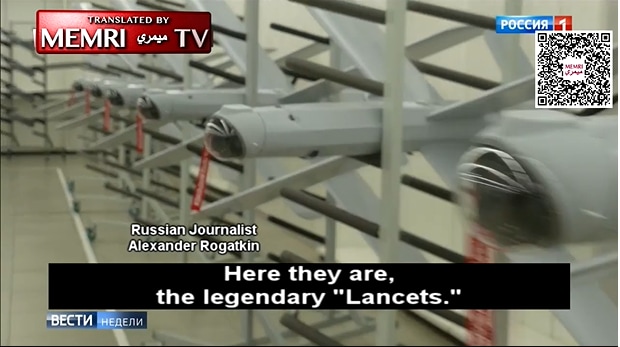

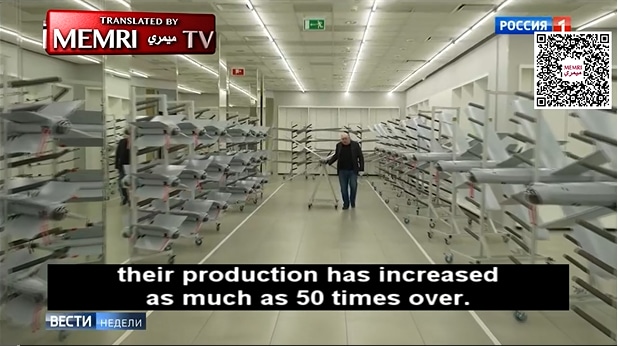
Zala Aero's Chief Designer Alexander Zakharov: "'Lancet' is the drone's nickname, and it has already caught on. Everyone understands that a lancet is a surgical tool. But there are two models. They differ in range and in the power of the warhead. But these are two different models [known as] 'Item 51' and 'Item 52.'"
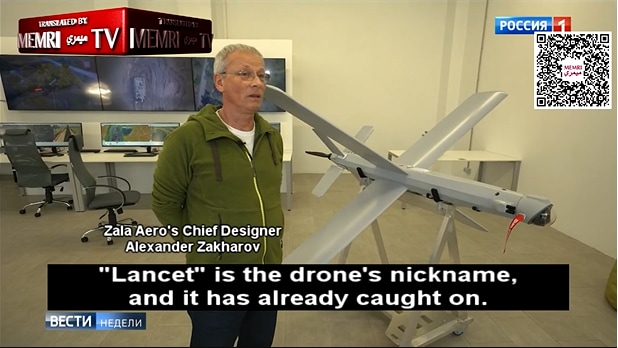
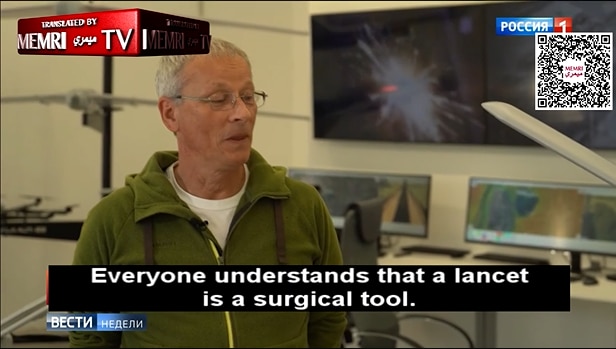
Rogatkin: "What model destroyed a Leopard tank?"
Zakharov: "The smallest one. Surprisingly, it turns out that the smallest model is even more effective. Let's say that at short-range distance, it is much more effective."
Rogatkin: "Lancet operators are called 'X-whisperers,' because of the characteristic arrangement of the drone's pylon wings. The small drone has two identical x-shaped wings.

"What is this model for?"
Zakharov: "Well, it's for long ranges, and it has a stronger warhead. It is designed for very special tasks conducted at long range."
Rogatkin: "The creator of the Lancet is Russian designer Alexander Zakharov. He is the one who managed to establish industrial production of drones, which are now being talked about all over the world."
English-speaking reporter: "The Ukrainian soldiers flee while a Russian drone strikes its target."
Rogatkin: "The Lancet's popularity has eclipsed the notorious Bayraktar, which turned out to be completely useless in Ukraine because of the Russian air defense system. Almost all the Turkish drones were shot down in the first month of the operation, while the Lancets are in the air and striking enemy equipment daily. In the public domain, about 400 confirmed strikes have been made public. One can't think of a better form of promotion.
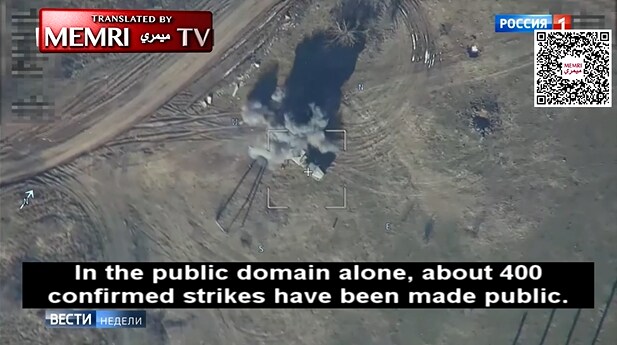
"[This clip shows] the Lancet destroying two S-300 launchers at the same time. The rockets were already in their launch containers, so the fireworks turned out to be spectacular."
Russian soldier: "During the special military operation, our unit alone destroyed almost 90 armored vehicles. In Zaporozhia, we hit a Buk rocket launcher armed with rockets. In one case, a Ukrainian soldier hid an OSA surface-to-air missile system in a barn. We saw this from a recon drone and we hit the barn with the Lancet."
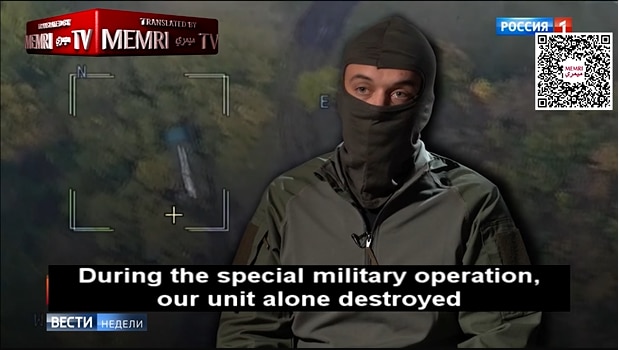
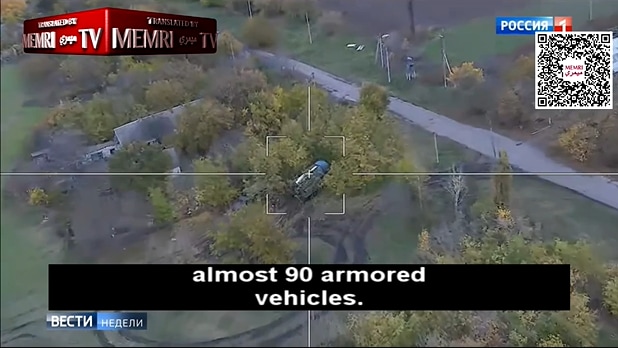

Rogatkin: "Radars are an excellent target for the Lancets. Here, a kamikaze drone hits the radar station of an S-300 array. As a result, a whole division of several launchers was blinded. And here, a barrage munition blows an American anti-battery radar to pieces."
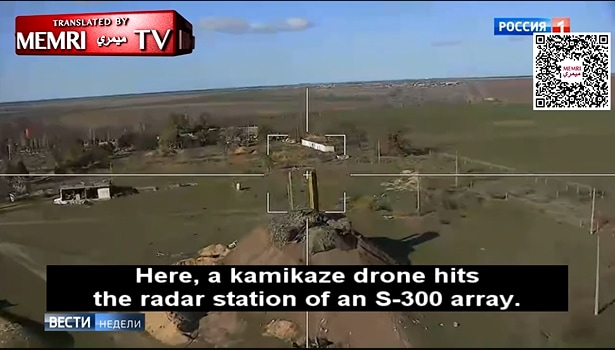

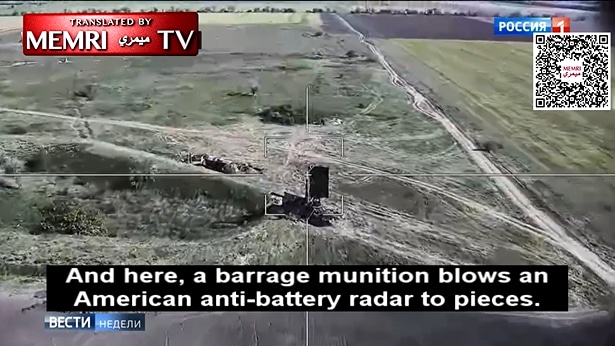
Russian soldier: "Equipped with cumulative munitions, the Lancet can easily destroy even heavy equipment. For instance, in Zaporozhia, our unit destroyed Polish-made AHS Krabs. In addition, we've managed to track and eliminate German Panzerhaubitze 2000."
Rogatkin: "Do you have any foreign orders?"
Zakharov: "It's being discussed – and on several continents, mind you. We are talking about establishing production lines."
Rogatkin: "So clients are getting in line?"
Zakharov: "Well, not in line, but the interest is steady."
Rogatkin: "But the main thing now is to ensure a steady supply of Lancets to the Russian army. When orders from the Defense Ministry started to come en masse last summer, and the need to expand production became urgent, Zakharov had the idea of using shopping centers abandoned by Western companies like IKEA and Decathlon and urgently setting up drone assembly lines there. It is cheaper than building factories from scratch. Everything for the front. Everything for victory."
Zakharov: "Shopping centers present the best solution today. They have everything you need – ventilation, air conditioning, fire protection, employee parking, and much more..."
Rogatkin: "But the idea of expropriating Western property was not popular. So Zakharov simply bought out a huge shopping center that had not recovered from its losses during the COVID pandemic. And now, over 50,000 square meters produce arms for victory instead of providing space for trading in consumer goods. The chief designer needs a segway to go around all the shops.
[...]
"The company grew and developed on income from cooperation with the oil and gas industry, supplying drones for geological exploration and pipeline surveillance. Zakharov is convinced that by not demanding government money for development, he was able to build a true working relationship with the Ministry of Defense."
Zakharov: "We have a very good, constructive, and proper relationship. We are grateful to them, because at one time, when we tested a lot of these types of weapons in the Syria conflict, it helped us acquire very valuable experience. And for that we are grateful to them."
Rogatkin: "In Syria, the special forces used Lancets to very effectively eliminate militant commanders with surgical precision. Lancets are dubbed 'flying AK-47s' because they are simple, reliable, and efficient. Zakharov is referred to as 'the second Kalashnikov.' The [two men] even once lived together in the same entryway to a house block.
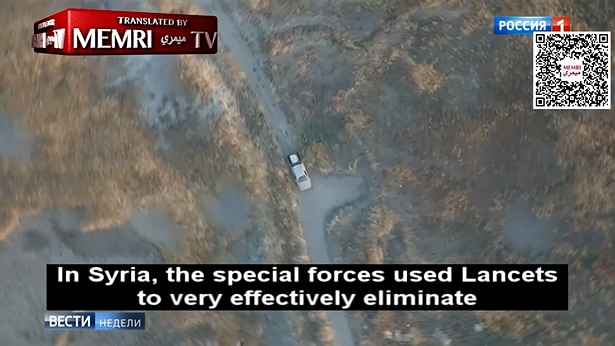
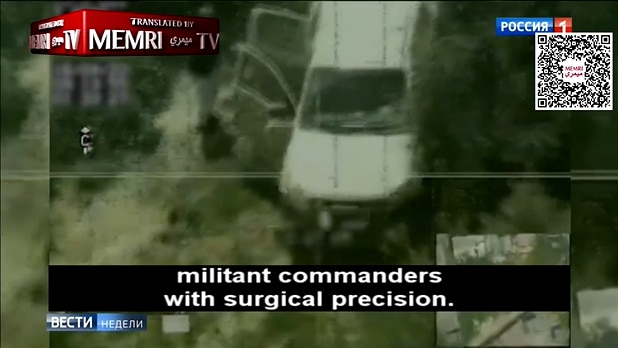
"The Lancet usually works in tandem with a recon drone, which is the first to cross the front line, find the target, transmit the coordinates to the [Lancet], and then record the hit. It is also no accident that the Lancets are also dubbed 'kamikaze drones.' They are disposable. They do not come back [from a mission]. But the scout drone must return to base, land with a parachute, and be ready to escort another Lancet to the target.



"After a Lancet strike, the enemy usually starts firing everything they can at the recon drone. That's why the service center is always busy. The survivability of these drones is enviable. A lot depends on the experience of the drone operators. The entertainment complex that is left in the shopping center has been adapted to hold training classes. This is where the combat teams which will launch the drones are being trained.
"And this is the real sensation and an absolute exclusive – the next generation of the Lancet, 'item 53.' So far, for reasons of secrecy, it cannot be demonstrated in full. It's designed for groups strikes. Instead of a catapult, a special launcher for several drones was designed. Can you imagine 20 or 23 such launchers firing a whole swarm of Lancets from which it is simply impossible to hide?

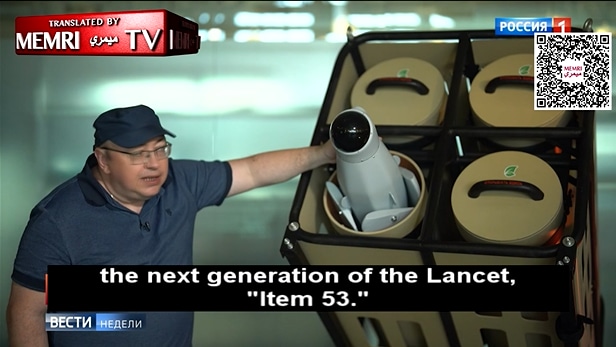
"There is also an individual launch container that also works as a transport container. Once out of the container, the Lancet deploys its wings and flies to the target. These containers can easily be combined to create a volley of fire."
Zakharov: "The main advantage is the drone's ease of use and its complete invulnerability to countermeasures. That's it."


Rogatkin: "So will it enjoy any sort of secure communication channel, or no channel at all?"
Zakharov: "I wouldn't go into detail. It would be virtually impossible to fight it."
Rogatkin: "The new Lancet should fit into the concept of network-centric warfare, when a neural network assembles a swarm of kamikaze drones into a single unit. For example, if one drone finds a group target, all the units will know about it. And not just know- each drone will choose a suitable target for its munition. This technology has already been worked out on the previous generation of Lancets."
Zakharov: "We conducted a series of combat experiments... They were conducted at the level of fully automatic application, without human participation."
Rogatkin: "That is, it took off by itself and found the target by itself?"
Zakharov: "A person gives the command and defines only the area of attack. He can tell it to strike only armored vehicles, and then neither pickup trucks nor troops will be attacked there. The drone looks specifically for armored vehicles or artillery. The operator has an accounting spreadsheet, so [we] know that air defense and radars are more expensive. So if it sees both a tank and a radar, it will target the radar. This has been tried and tested."
Rogatkin: "Western experts spent a year meticulously, collecting Lancet debris along the front line, and they came to the disappointing conclusion that the Russian drone is even smarter than they had previously thought. Zakharov laughs at this, because he does not believe in artificial intelligence."
Zakharov: "There is no intelligence there, since any artificial intelligence – no matter what they tell us about – somehow consists of a certain set of algorithms and decision-making rules."
Rogatkin: "The chief designer has a simpler name for his brain child: software-defined weaponry. Hiding from it under a metal [cage] as Ukrainian tank operators do, will definitely not work. The fuse triggers a few meters before the target, and the Lancet burns through it with a shaped charge. Sometimes it goes all the way through. The lancet features a unique control system that is virtually impossible to jam using modern NATO electronic warfare installations."
Zakharov: "Our country is the best when it comes to lancets, recon, and radio communications. There is no doubt about it."
Rogatkin: "Your Lancet can't be thrown off course by electronic warfare, right?"
Zakharov: "Right. The computational circuit is on the unit. It can be destroyed physically, but that's it."
Rogatkin: "If the lancet falls into enemy hands, how dangerous is it?"
Alexander Zakharov: "Not at all."
Rogatkin: "How come?"
Zakharov: "There are many degrees of protection, and there is restricted access to things that are implemented at the software level... It's unlikely."
Rogatkin: "It is usually said that victory is forged in the workshops of defense factories, But here, victory is cut from carbon fabric that is soaked with a special resin and placed in a sealed matrix in an oven. Parts for the Lancet are baked at only 60 degrees, like pretzels. Then, the fuselage and wings are joined into a single whole during the cascade assembly method. Zakharov deliberately refused to use a conveyor belt."
Zakharov: "In each 'cascade,' people enjoy their own kind of culture where they can enjoy their own music, their own pictures. We don't ban anything. But there is one condition: entry and exit must be clearly timed. Grandpa [Henry] Ford would probably cry."













